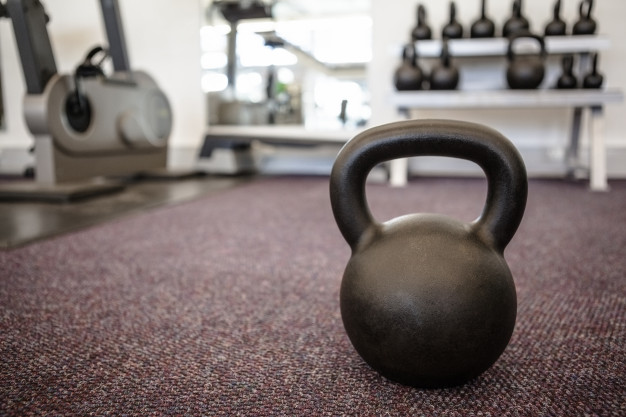The important benefits of strength training for endurance runners have been well documented in numerous research publications.1,2,3,4 Resistance training is now considered a critical component to a well planned training program for runners of all levels.
The key benefits runners can obtain from a strength-training program include:
- Faster running performance
- Improved running economy
- Reduced risk of injury
Faster running performances over 3 to 5km distances, and improved running economy (the amount of oxygen required to run at any given pace) are observed in endurance runners who complete a running specific heavy resistance strength training program twice weekly for 6 weeks or more.3,4 If strength training is then removed some loss of performance improvements are likely.3 Therefore staying consistent with strength training right up until a goal event will maximise performance.
Strength training has also been demonstrated to reduce the risk of sustaining a running related overuse injury by up to 50%.5 Reduced injury risk results from the important adaptations that occur to our body’s tissues (i.e. bones, tendons and muscles), which results in improved tissue strength and resilience against the high loads experienced whilst running. These adaptations can only be achieved with regular heavy resistance training.1
There is a belief amongst some health professionals, running coaches and runners that strength training should be high rep, low resistance to mimic the endurance demands of running.
This is incorrect.
Improvements in muscular endurance are achieved specifically by running and should not be the goal of a strength training program. Completing endurance circuit type exercises i.e. 3 sets of 20 reps or more has not been shown to achieve the benefits to running performance and reduced injury risk described above.6
Runners should consider incorporating twice-weekly strength sessions into their current running routine. If just starting out chose 3-5 exercises that target key the hip, thigh, and calf muscles. Key exercises to consider include deadlifts, squats, step-ups and calf raises. Complete 3-4 sets of 8-12 slow repetitions, ensuring sufficient resistance so that your muscles are fatiguing by the end of each set. Recovery between sets is important. Take 2-3 minutes.
It’s important to remember that there is no one size fits all approach when it comes to training strength for endurance runners. Exercise selection, weight, sets and reps all depend on the individuals’ needs, injury history, goals, ability and experience. A well-planned program shouldn’t negatively impact other running sessions. If needed seek the assistance of a health professional or strength and conditioning coach who has experience working with runners to ensure you start out safely and get the most out of your strength training program.
References:
- Rønnestad, B. R., & Mujika, I. (2014). Optimizing strength training for running and cycling endurance performance: A review. Scandinavian journal of medicine & science in sports, 24(4), 603-612.
- Balsalobre-Fernández, C., Santos-Concejero, J., & Grivas, G. V. (2016). Effects of strength training on running economy in highly trained runners: a systematic review with meta-analysis of controlled trials. Journal of strength and conditioning research, 30(8), 2361-2368.
- Karsten, B., Stevens, L., Colpus, M., Larumbe-Zabala, E., & Naclerio, F. (2016). The effects of sport-specific maximal strength and conditioning training on critical velocity, anaerobic running distance, and 5-km race performance. International journal of sports physiology and performance, 11(1), 80-85.
- Yamamoto, L. M., Lopez, R. M., Klau, J. F., Casa, D. J., Kraemer, W. J., & Maresh, C. M. (2008). The effects of resistance training on endurance distance running performance among highly trained runners: a systematic review. The Journal of Strength & Conditioning Research, 22(6), 2036-2044.
- Lauersen, J. B., Bertelsen, D. M., & Andersen, L. B. (2014). The effectiveness of exercise interventions to prevent sports injuries: a systematic review and meta-analysis of randomised controlled trials. British Journal of Sports Medicine, 48(11), 871-877.
- Mikkola, J., Vesterinen, V., Taipale, R., Capostagno, B., Häkkinen, K., & Nummela, A. (2011). Effect of resistance training regimens on treadmill running and neuromuscular performance in recreational endurance runners. Journal of sports sciences, 29(13), 1359-1371.


